On a bright, breezy morning in Antwerp, the light glancing off the river Scheldt has a particular quality. It illuminates the handsome 19th-century warehouses and dances across the shimmering water of the Bonapartedok, where yacht masts chime gently against a backdrop of crisp, new residential blocks. This is the Eilandje, the “little island,” a district that for generations was defined by the clatter of cranes and the grit of international shipping. Today, while the port’s lifeblood still flows nearby, the neighbourhood has been deftly reimagined as one of Northern Europe’s canniest examples of waterfront regeneration. It’s a place of smart restaurants, ambitious architecture, and a palpable sense of forward momentum. And at its very centre, casting a confident, terracotta-red reflection in the dock waters, stands the institution that both anchors and defines this transformation: the Museum aan de Stroom, or MAS.
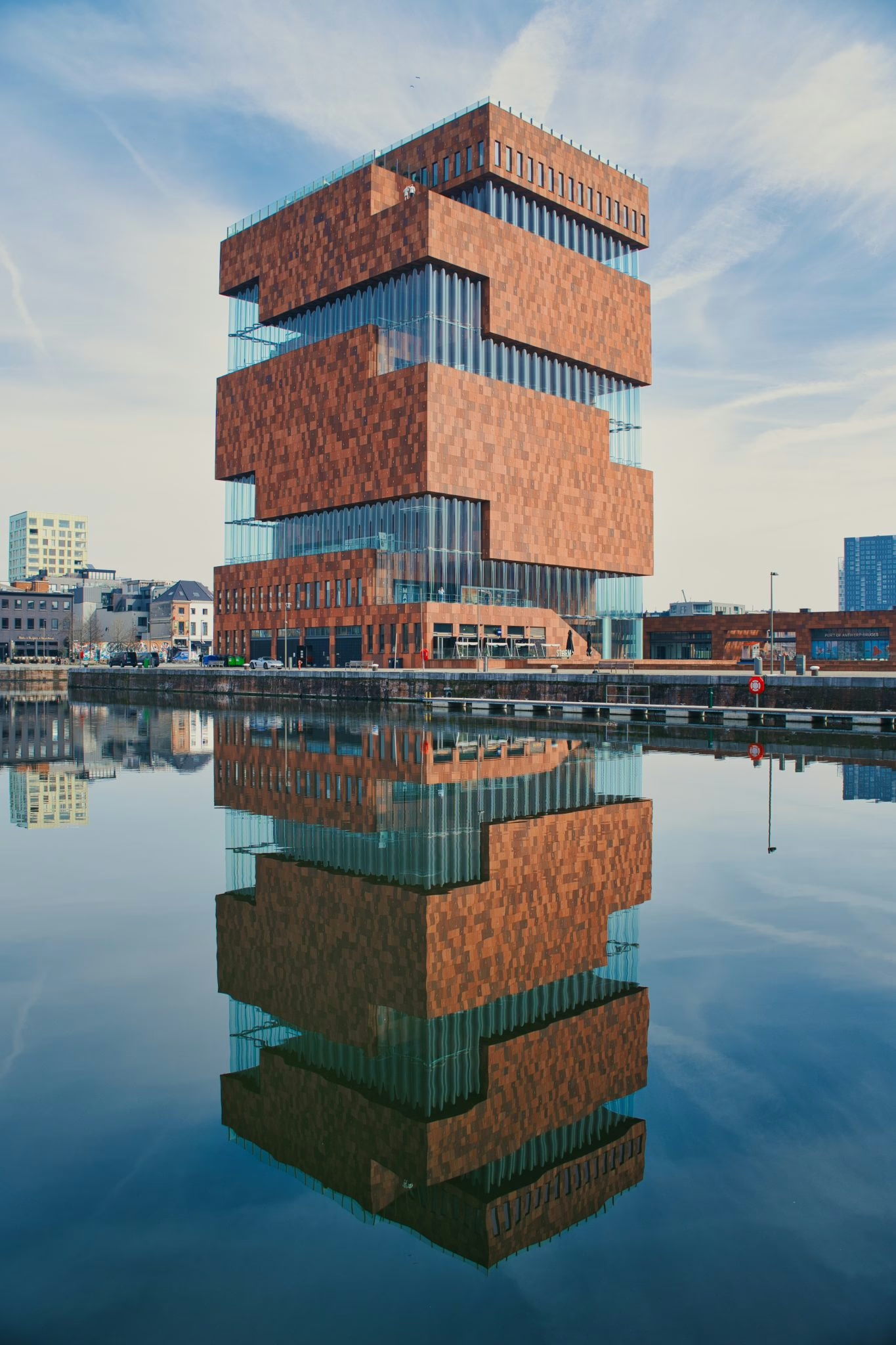
To call the MAS a museum is to tell only part of the story. Opened in 2011 after two decades of planning, it is a statement of civic identity, a vertical city, and a warehouse of global stories told from a uniquely Antwerp perspective. In a bold move of institutional consolidation, it brought together the sprawling collections of the city’s Ethnographic Museum, National Maritime Museum, and Folklore Museum. The result is not a dusty repository of the past, but a powerful, living institution that unpacks Antwerp’s centuries-long dialogue with the world, all housed within a building that has become as iconic as the spire of the Cathedral of Our Lady.
A Vertical Boulevard in Stone and Glass
The success of the MAS begins with its architecture, a masterstroke by the celebrated Dutch firm Neutelings Riedijk. The brief called for a landmark, but also for a building that respected the port’s heritage. The response was a 60-metre tower conceived as a modern “Stapelhuis” or stacking warehouse. “We didn’t want a neutral box,” architect Willem Jan Neutelings would later explain. “We wanted to create a public space that would draw the city upwards.” The tower is a stack of ten vast stone containers, ingeniously twisted a quarter-turn at each level. This clever rotation creates a spiralling internal gallery that guides visitors on a journey to the sky, like a vertical boulevard.
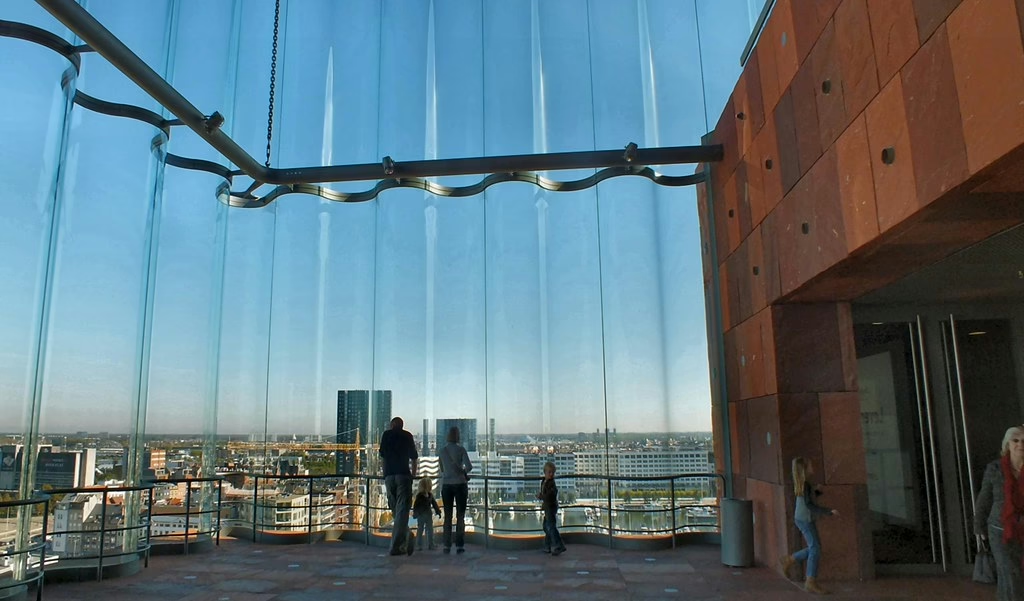
The materiality is both monumental and intricate. The facade is clad in large panels of hand-cut red sandstone from Agra, India, giving the structure a warm, earthy gravitas that contrasts beautifully with the cool northern light. Set into this rich stone are 3,185 hand-cast polished aluminium hands, a nod to the city’s founding legend of Silvius Brabo defeating the giant Druon Antigoon by throwing his severed hand into the river. It’s a detail that could have been kitsch, but here it feels like a subtle, shimmering piece of civic branding. The spiralling journey upwards is enclosed by immense, undulating panes of corrugated glass, which flood the galleries with light while offering ever-expanding, cinematic views of the port, the Gothic spires of the old town, and the low-slung landscapes beyond.

A World of Stories, Thematically Told
Inside, the museum’s curatorial strategy is as bold as its architecture. Rather than a dry chronological walk-through, the MAS organises its staggering collection of over 500,000 objects along four universal themes, allowing for a rich, cross-cultural dialogue between artifacts. Each floor poses a big question about the human condition, using objects from across continents and millennia to explore the answers.
Before the thematic galleries begin in earnest, the second floor offers a lesson in institutional transparency with the Visible Storage or ‘Kijkdepot’. Here, behind towering panes of glass, lie some 180,000 objects not currently on display. It’s the museum’s attic, turned into a mesmerising exhibit in its own right. Rows upon rows of meticulously catalogued items—from ship models to folk art puppets to ethnographic treasures—offer a powerful visual statement about the sheer depth of the collection. It’s a confident move that demystifies the curatorial process and trusts the visitor to be fascinated by the mechanics of a museum.
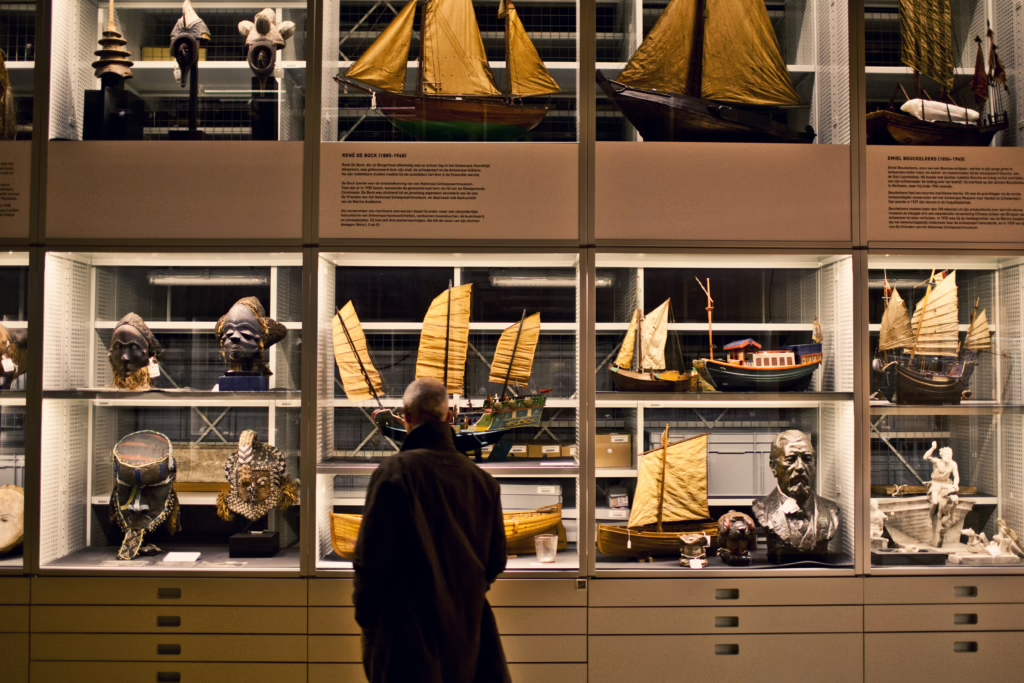
The fourth and fifth floors tackle Life and Death, exploring how cultures around the world grapple with love, ritual, and the afterlife. The undeniable centrepiece is the world-class collection of Pre-Columbian art, a permanent loan from the Paul and Dora Janssen-Arts Foundation. Here, in carefully lit displays, are objects of breathtaking power and sophistication. A delicate Peruvian ceramic vessel depicts a healer at work; a fierce-looking funerary mask from Mexico, crafted from jade and shell, was designed to guide a noble soul to the underworld. These are not presented as exotic curiosities, but as profound expressions of a shared human quest for meaning, placed in quiet conversation with artifacts from Ancient Egypt and Oceania. You leave not just impressed by the craftsmanship, but moved by the common threads of hope and fear that connect us across centuries.
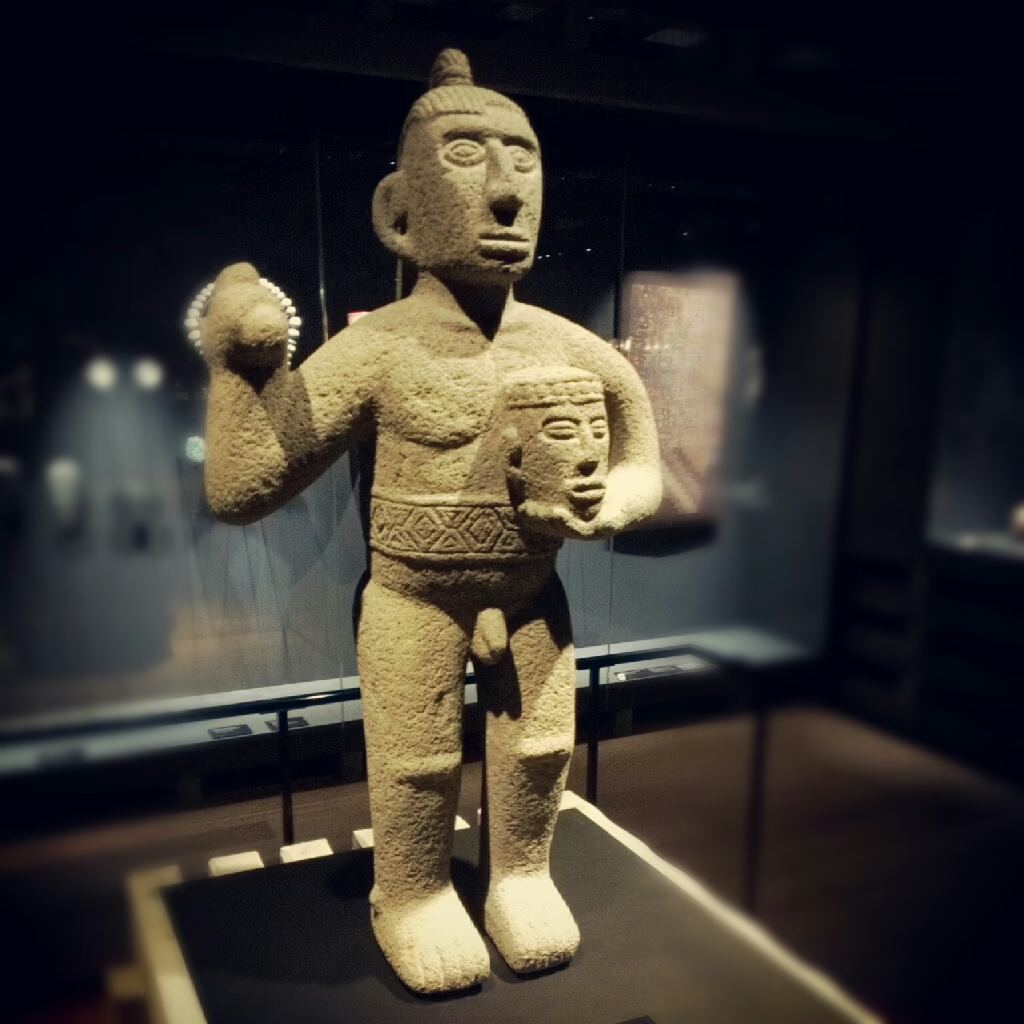
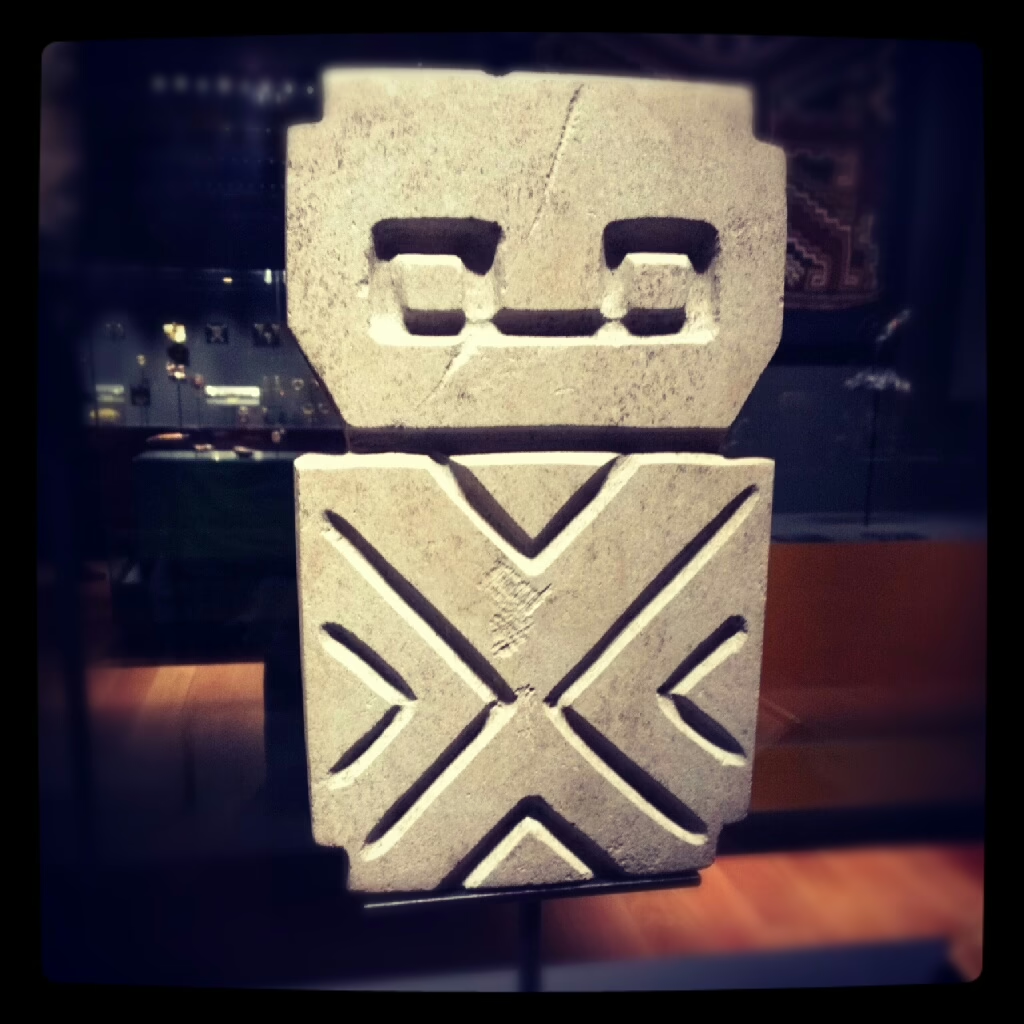
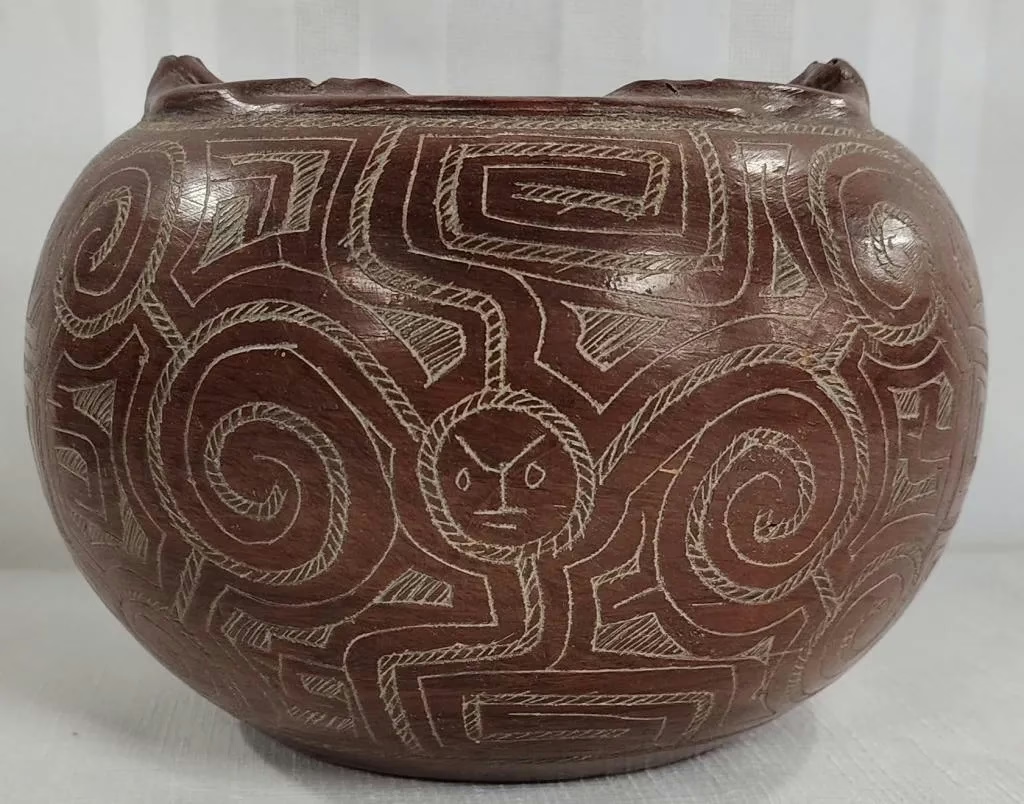
Ascending to the sixth floor brings you to Power and Glory, an exploration of the symbols of prestige and authority. This gallery astutely unpacks the visual language of power in all its forms. A case might display the opulent silverware of a 17th-century merchant, its intricate detail a testament to the wealth flooding into Antwerp during its Golden Age. Nearby, you might find the formal regalia of a West African king, alongside the comparatively sober sashes of the city’s own mayors. The exhibition doesn’t shy away from the darker side of power, either, with objects related to Belgium’s colonial past in the Congo presented in a way that encourages reflection on exploitation and its legacy. It’s a nuanced and thought-provoking curation that asks visitors to consider how status is projected, both by them and upon them.

The theme of World Port on the seventh floor connects the museum most directly to the view from its windows. This is the story of Antwerp’s centuries-old relationship with the sea. The collection, inherited from the former National Maritime Museum, is one of the finest in Europe. Meticulously detailed models of 16th-century carracks and 20th-century container ships chart the evolution of global trade. Antique maps and globes reveal a world being discovered and connected, with Antwerp often at its centre. The exhibit excels at making the abstract forces of logistics and commerce tangible, showing how the flow of goods—from spices and textiles to cars and chemicals—has shaped the city’s physical and cultural landscape. It’s a compelling reminder that the sleek coffee machine in a local design shop and the exotic fruit in the market all have a story that begins in this very port.
The View from the Top
The climax of the MAS journey is not an object, but an experience: the rooftop terrace. Emerging onto the tenth floor, you are met with what is unquestionably the most magnificent 360-degree panorama of Antwerp. The entire city is laid out before you like a living map. To the south, the elegant spire of the Cathedral of Our Lady pierces the sky above a sea of historic gabled roofs. To the north, the vast, sprawling geometry of the modern international port of Antwerp stretches towards the Dutch border. And to the west, the wide, grey ribbon of the Scheldt flows towards the North Sea. It’s a moment that ties the entire museum narrative together—the port, the city, and their intertwined destinies.

This summit is more than just a viewpoint. It’s home to Zilte, a destination restaurant from celebrated chef Viki Geunes, which holds a coveted three Michelin stars. Its presence signals the museum’s holistic approach to quality, offering world-class gastronomy to match the world-class views. For those after a more casual pause, the ground-floor MAS Café serves excellent coffee and well-made Belgian staples, while the museum shop is a cut above the usual tourist fare, offering a thoughtful selection of art books, design objects, and crafts by Antwerp makers.
Ultimately, the MAS succeeds because it understands its role as a piece of civic infrastructure. It is not a passive institution but an active cultural hub, a platform for debate and a meeting place for the city. Its lively schedule of temporary exhibitions consistently punches above its weight, tackling subjects from street art to the global impact of the diamond trade. It hosts lectures, concerts, and educational workshops, ensuring that it is as relevant to a local schoolchild as it is to an international tourist. It is, in essence, a modern-day forum, a public square stood on its end.
For any visitor seeking to get the measure of Antwerp, a journey through the MAS is non-negotiable. It is a masterclass in how a museum can honour a city’s history while energetically shaping its future. More than a collection of objects, it is a collection of ideas: about art, life, power, and the ties that bind a Flemish port city to the rest of our interconnected world. It’s a place that invites you to look closely, think deeply, and then, from its summit, look out with a fresh understanding of the handsome, hard-working city below.